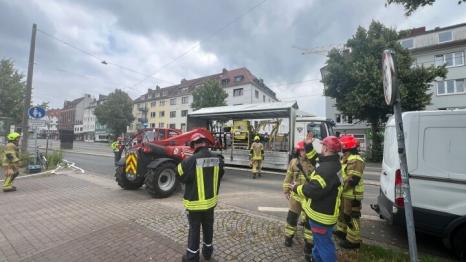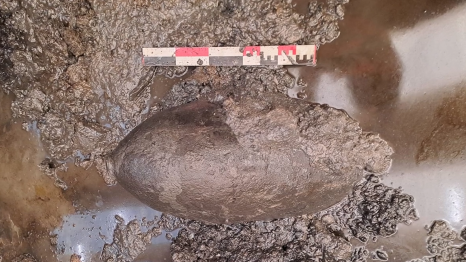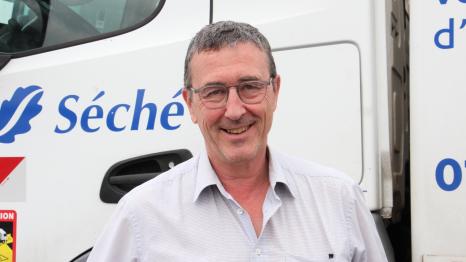
Laurent Bordachar
Manager of the Séché Assainissement branch in Bouafles (Yvelines)
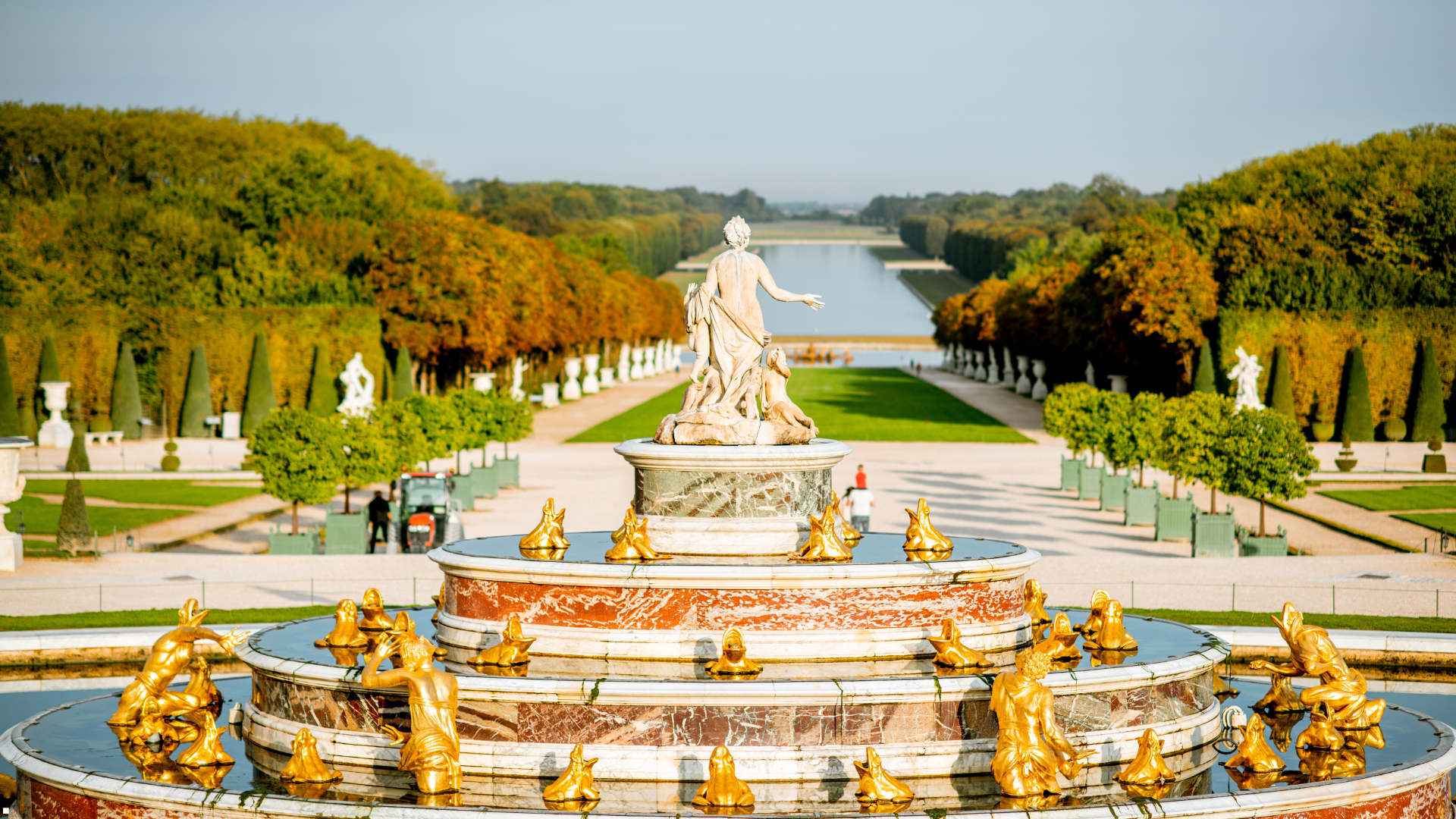
For several years now, Séché Assainissement teams have been in charge of the annual cleaning of the ponds and fountains in the grounds of the Château de Versailles, as well as the maintenance of the rainwater collectors. In this way, they play their part in preserving this heritage, much to the delight of tourists from all over the world.
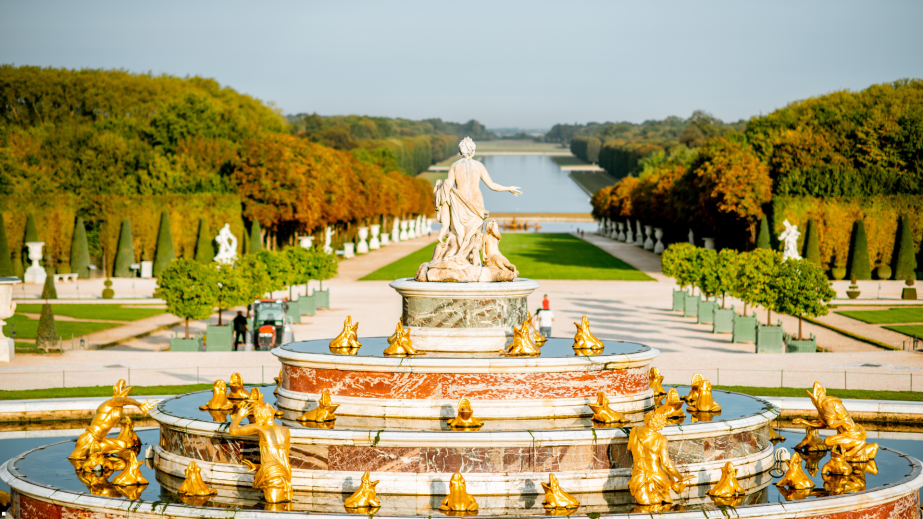
Versailles ! The Sun King's château and its extraordinary park. Its millions of visitors are probably unaware of the scale of the hydraulic work that keeps this masterpiece of the national heritage running. Tens of kilometers of pipelines, hundreds of stone or cast iron rainwater collectors, dozens of basins and fountains richly decorated and supplied out of simple gravity, from the château at the very top to the lowest point of the park.
When spring arrives at the end of March, everything must be ready, because that's when the Musical fountains shows season begins, a refreshing and monumental ballet of fountains, waterfalls and water games. So, between February and March, if you take a stroll through the park in the footsteps of Louis XIV and Marie-Antoinette, you just might catch a glimpse (despite their discretion) of Séché Assainissement's teams hydrocleaning trucks.
A relationship of trust
"The public Establishment that manages the Palace, the Museum and the whole Versailles national estate had already entrusted us with the maintenance of its rainwater collectors for several years, says Laurent Bordachar, manager of the Séché Assainissement branch in Bouafles (Yvelines). There are nearly 750 of them throughout the park, and it's through them that the rainwater runs off, entailing tons of gravel torn from the walkways every year. These have to be pumped to prevent the sump from filling up. These collectors are made of stone or cast iron and can weigh up to 100 kg. We found a simple and practical way to lift them safely for our teams and without damaging them." It has to be said that many of them date back to the 17th century and these elements of the park's operation are also part of the heritage.
Since 2023, Laurent Bordachar's teams have also had the onerous responsibility of cleaning the park's 57 basins and monumental fountains.
"If we don't do anything the basins fill up with silt and dead leaves, algae can develop, it's much less pleasant to see, explains team leader Steven Carpin-Cartan. " So, to meet deadlines and clean everything between the end of winter and the start of the tourist season, Séché Assainissement has pulled out all the stops: every day, three to four hydrocleaner trucks pass through the park gates with 3 crew members on board. These trucks have two compartments: one for pumped sludge, the other for the clean water used for cleaning. Each day, the crews check in with the park's fontainers, who emptied the relevant basins the day before (taking care to transfer the fish). After filling the trucks' water tanks, the teams get down to work. On the agenda: pumping out the sludge and rinsing the basins with clean water.
Courage and elbow grease
"It's a very physical job, requiring courage and elbow grease, you need serious people, well trained and equipped because some fountains involve work at heights or in confined spaces. We have to follow strict protocols and use the appropriate Personal Protection Equipment correctly, insists Laurent Bordachar."
"It's quite something to work in such a special place, continues Steven. We have to be very careful not to damage the statues, which are sometimes gilded with gold leaf. We also have to use our water hoses at minimum pressure, which doesn't speed up the work ! " Not to mention that, in the park, the public is never far away. Séché Assainissement's teams know how to be discreet and take care of any contacts with tourists.
Thanks to this meticulousness combined with real physical courage and good presentation, the teams have won the confidence of their prestigious customer and this year again, it took less than a month to reach the end of this mammoth task. So, if you're going to take a stroll around here, remember if this heritage has been able to reach us through the centuries, it's because it's really, really well maintained. The fish can testify to this too!
